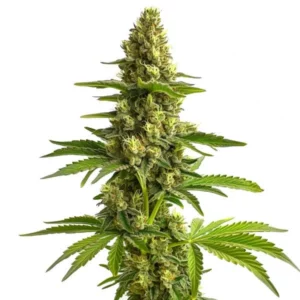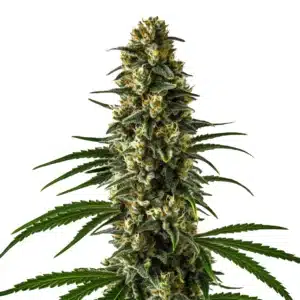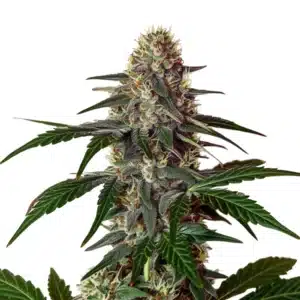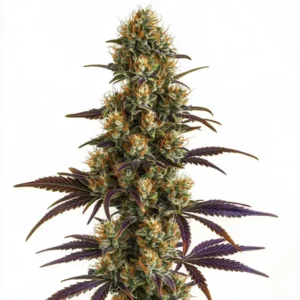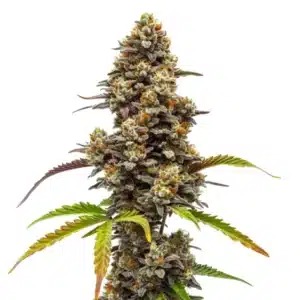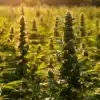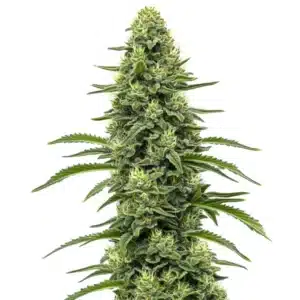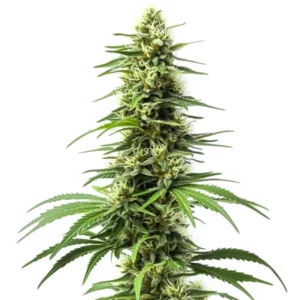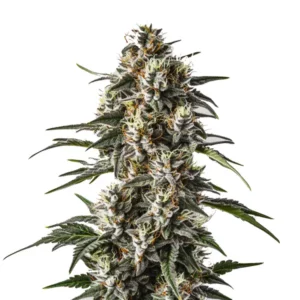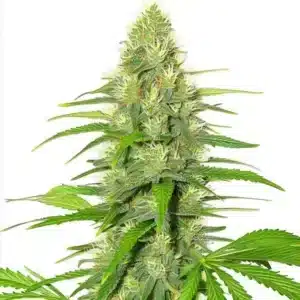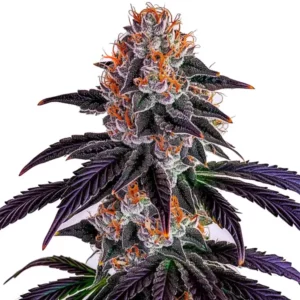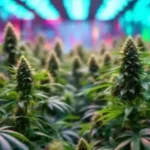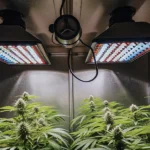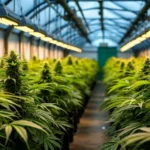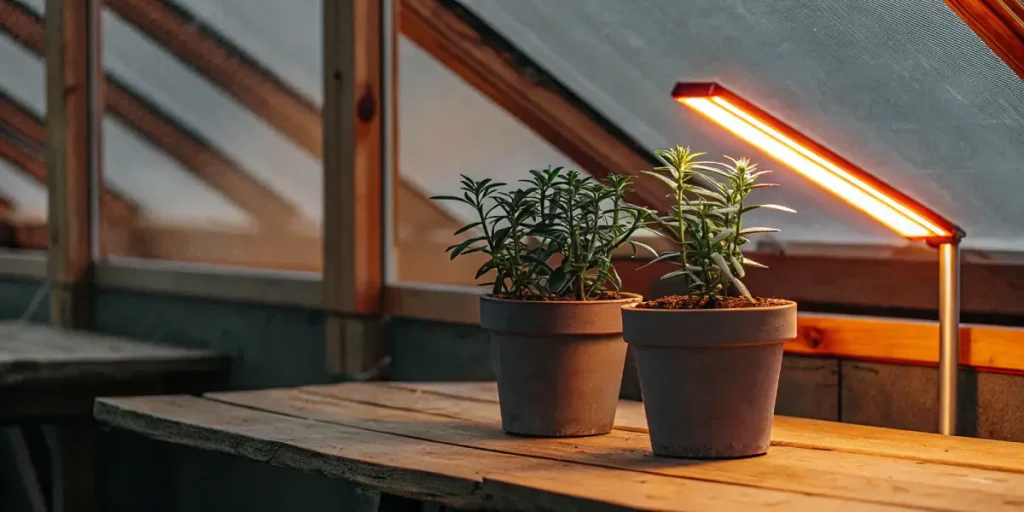
Light Quality vs Light Quantity in Plant Growth
When it comes to growing cannabis, light quality vs light quantity in plant growth is crucial. Knowing the difference can help you produce healthier plants with better yields. Light quality refers to the spectrum of light provided to the plants, while light quantity pertains to the intensity or amount of light they receive.
Light quality can significantly affect plant growth. Different wavelengths impact various growth stages, from seedling to flowering. For instance, red and blue lights are essential during photosynthesis. Red light promotes flowering, while blue light encourages vegetative growth.
Recommended Strains
Bruce Banner #3
|
|
THC | 20% - 29% (High) |
|
|
Type | Feminized |
|
|
Yield | Medium |
|
|
Phenotype | 50% Indica / 50% Sativa |
Girl Scout Cookies
|
|
THC | 18% - 25% (Medium) |
|
|
Type | Feminized |
|
|
Yield | High |
|
|
Phenotype | 60% Indica / 40% Sativa |
On the other hand, light quantity is about how much light your plants receive. More light usually means more energy for growth, but too much can cause stress. Balancing these two aspects is essential for optimal plant health, especially in controlled environments like greenhouses.
Optimal Light Spectrum for Plant Growth
The optimal light spectrum for plant growth includes a combination of red, blue, and green wavelengths. Each color plays a distinct role in the plant’s development. Blue light is vital for vegetative growth, ensuring strong stems and leaves. Red light encourages flowering and fruiting, making it crucial for cannabis growers.
Green light, often overlooked, penetrates deeper into the plant canopy. This helps in reaching lower leaves and promoting overall growth. A balanced combination of these colors ensures plants receive a full spectrum, mimicking natural sunlight as closely as possible.
Knowing the optimal light spectrum for plant growth is essential for maximizing yields. By providing the right balance of wavelengths, growers can ensure their plants use light efficiently. This approach not only supports robust growth but also enhances the quality of the produce.
Incorporating a full spectrum of light can also aid in pest management. Certain wavelengths may deter unwanted insects, reducing the need for chemical interventions. This natural method of pest control is an added benefit of optimizing the light spectrum for plant growth.
Effects of Light Intensity on Photosynthesis
Photosynthesis is the process by which plants convert light into energy. The effects of light intensity on photosynthesis are profound. More light means more energy, but there’s a catch. Too much light can lead to photoinhibition, where plants can’t process the light fast enough, leading to stress.
For example, the Bruce Banner #3 strain thrives under high light intensity. However, it’s crucial to monitor the light levels to prevent damage. Adjusting the height of your lights can help manage intensity, ensuring your plants get just the right amount.
The effects of light intensity on photosynthesis are closely tied to the plant’s developmental stage. Seedlings, for instance, require lower light intensity compared to mature plants. This is because young plants are more sensitive and can easily become stressed under excessive light.
Another factor to consider is light distribution. Even if the intensity is optimal, uneven light spread can lead to inconsistent growth patterns. Ensuring uniform light coverage can prevent some plants from receiving too much or too little light, which is crucial for maintaining uniform growth across your crop.
Promos & Deals
Comparing Light Quality and Quantity for Plants
Comparing light quality and quantity for plants involves understanding their unique contributions. While light quality affects the plant’s internal processes, light quantity influences the overall energy available for growth. Both factors must be balanced for healthy plant development.
Cannabis growers often experiment with different light setups. For instance, the Blackberry Gum strain responds well to a balanced spectrum with moderate intensity. This combination ensures robust growth and high yields.
When comparing light quality and quantity for plants, it’s important to consider the specific requirements of different plant species. Some plants may thrive with higher light intensity, while others benefit more from a broader light spectrum. Tailoring your lighting strategy to your plants’ needs can significantly improve growth outcomes.
Additionally, environmental factors such as temperature and humidity can interact with light quality and quantity. Keeping these factors in balance ensures that plants can efficiently utilize light, maximizing growth and yield. Understanding the interplay of these elements is key to successful cultivation.
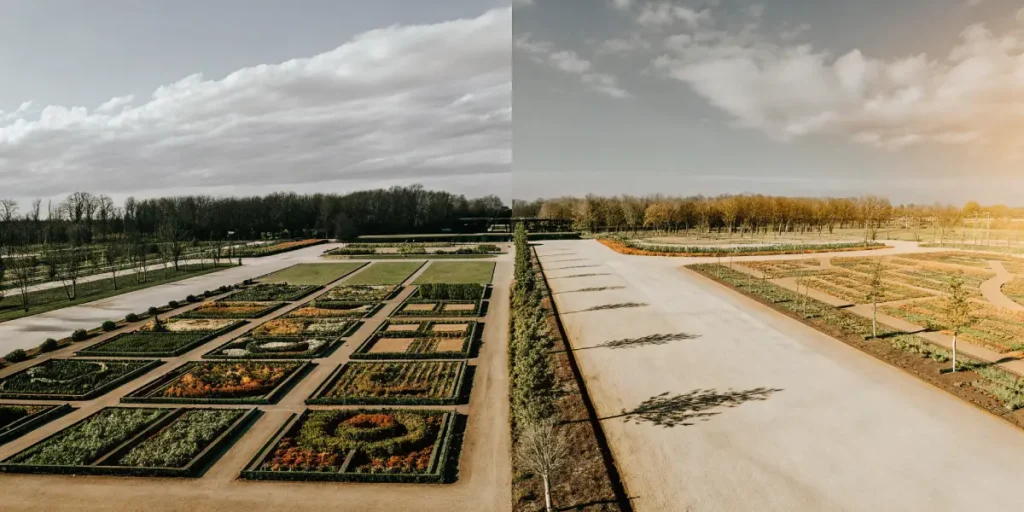
Light Color Impact on Plant Development
The light color impact on plant development is significant. Different colors trigger various growth responses. Blue light is known for its role in vegetative growth, helping plants develop strong roots and stems. Red light, on the other hand, is crucial during the flowering phase.
For instance, the Girl Scout Cookies strain benefits from red light during blooming. This enhances the quality and quantity of the buds, leading to a better harvest. Experimenting with light colors can help you find the perfect balance for your specific strain.
Knowing the light color impact on plant development can also help manage plant morphology. For instance, blue light tends to produce more compact plants, which can be beneficial in limited space environments. This adaptability allows growers to manipulate plant structure for better space efficiency.
Moreover, the light color impact on plant development extends to the plant’s physiology and metabolic processes. Certain light wavelengths can enhance nutrient uptake, leading to more vigorous growth. By leveraging the effects of light color, growers can optimize plant health and productivity.
Balancing Light Quality and Quantity in Greenhouses
Balancing light quality and quantity in greenhouses is crucial for maximizing plant growth. Greenhouses allow for controlled environments, making it easier to adjust light conditions. Using LED lights, growers can fine-tune the spectrum to meet their plants’ needs.
For example, combining red, blue, and green lights in a greenhouse ensures a balanced spectrum. This setup can mimic natural sunlight, promoting healthy growth and high yields. Adjusting light intensity can also help manage plant stress, promoting a healthy growth cycle.
Balancing light quality and quantity in greenhouses requires a strategic approach to lighting management. Regular monitoring and adjustments can ensure plants are not only receiving enough light but also the right type of light. This balance is essential for promoting vigorous growth and avoiding plant stress.
Furthermore, balancing light quality and quantity in greenhouses involves integrating technology such as automated light systems. These systems can adjust lighting conditions based on real-time data, providing optimal growth conditions without constant manual intervention. This innovation streamlines greenhouse operations and improves plant outcomes.
Practical Tips for Greenhouse Lighting
Consider using LED lights for their efficiency and customizable spectrum. This allows you to provide the optimal light spectrum for plant growth, enhancing both quality and quantity. Additionally, install light meters to monitor intensity and ensure your plants aren’t getting too much or too little light.
Position your lights strategically. Ensure even coverage across all plants to avoid shadows and uneven growth. Adjust the light height as plants grow to maintain optimal intensity levels.
Implementing practical tips for greenhouse lighting can lead to significant improvements in plant health and yields. Regularly cleaning light fixtures and replacing bulbs when needed ensures consistent light output, contributing to overall plant health.
Also, consider incorporating reflective materials within the greenhouse to maximize light efficiency. Reflective surfaces can bounce light back onto plants, increasing light exposure without additional energy consumption. This practice is especially beneficial during lower light periods.
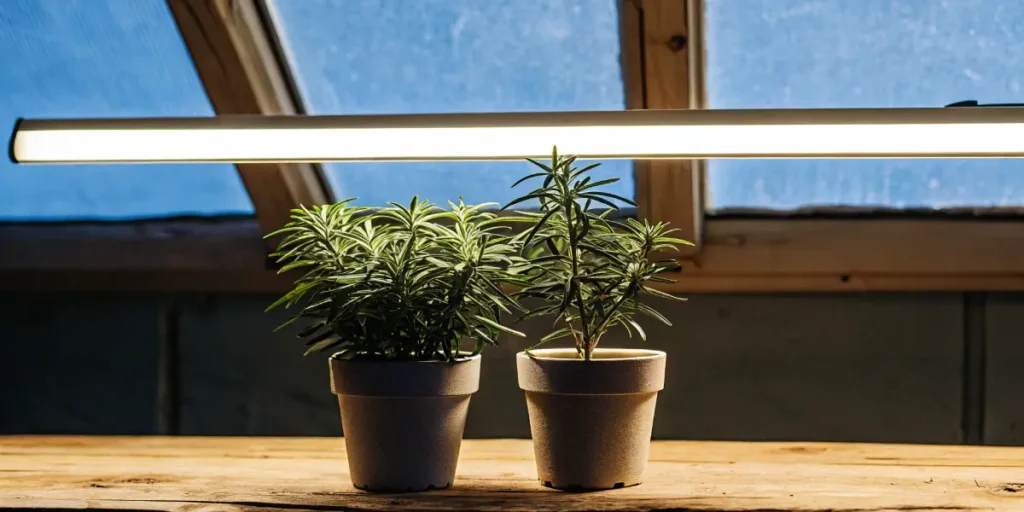
FAQs
What is light quality vs light quantity in plant growth?
Light quality refers to the spectrum or color of light, while light quantity is about the amount or intensity of light. Both aspects are vital for plant growth, affecting different stages and processes. Balancing them ensures plants receive the right energy for development.
For cannabis growers, knowing these concepts can lead to healthier plants and better yields. By adjusting light quality and quantity, you can create an ideal environment tailored to your plants’ specific needs.
The debate between light quality vs light quantity in plant growth often centers on which aspect has a greater impact. However, both are equally important and interdependent. Optimal plant growth is achieved when both quality and quantity are managed effectively.
Furthermore, light quality vs light quantity in plant growth should be considered in conjunction with other growth factors, such as water and nutrient availability. This holistic approach ensures that plants can fully utilize the light they receive, maximizing their growth potential.
How does light color impact plant development?
Light color significantly affects plant development. Blue light is crucial for vegetative growth, promoting strong stems and leaves. Red light is essential during flowering, enhancing bud production and quality.
Green light, while less impactful, penetrates deeper into the plant canopy. This ensures all parts of the plant receive light, contributing to overall health and preventing lower leaves from dying off prematurely.
Besides to influencing structural growth, light color can affect the timing of flowering and fruiting. Manipulating light color allows growers to control these stages, optimizing harvest times and improving crop scheduling.
Utilizing the light color impact on plant development also extends to enhancing specific plant characteristics, such as flavor and aroma in cannabis. Different light colors can influence these traits, allowing growers to produce higher quality crops tailored to market demands.
What is the optimal light spectrum for plant growth?
The optimal light spectrum for plant growth includes a balanced mix of red, blue, and green wavelengths. Each color plays a role in different growth stages, ensuring plants receive the full spectrum they need.
For cannabis, red and blue lights are particularly important. Red light boosts flowering, while blue light promotes vegetative growth. A combination of these, with some green light, mimics natural sunlight effectively.
Achieving the optimal light spectrum for plant growth often involves trial and error. Different strains may respond uniquely to specific spectrums, so growers should experiment to find what works best for their crop.
Moreover, advancements in lighting technology have made it easier to adjust the light spectrum. LED grow lights, for instance, allow precise control over the wavelengths emitted, enabling growers to tailor the light to their plants’ specific needs.
What are the effects of light intensity on photosynthesis?
Light intensity directly impacts photosynthesis, the process by which plants convert light into energy. Higher intensity means more energy, but too much can cause stress and damage.
It’s crucial to balance light intensity to avoid harming your plants. Monitoring and adjusting light levels can help maintain optimal conditions for healthy growth and development.
The effects of light intensity on photosynthesis also influence nutrient uptake and water use. High light intensity can increase a plant’s demand for nutrients and water, requiring careful management of these resources.
Furthermore, light intensity can affect the temperature within the growing environment. Higher light levels often lead to increased temperatures, which need to be managed to prevent heat stress on the plants.
How can I balance light quality and quantity in greenhouses?
Balancing light quality and quantity in greenhouses involves using adjustable lighting setups. LED lights are ideal for their efficiency and customizable spectrum, allowing you to provide the perfect conditions for your plants.
Regularly monitor light levels and adjust as needed. Ensure even coverage and experiment with different light cycles to find the best combination for your specific strains and growing environment.
Investing in smart lighting solutions can greatly aid in balancing light quality and quantity in greenhouses. These systems can automatically adjust lighting based on external conditions, ensuring plants receive optimal light at all times.
Additionally, knowing the seasonal variations in natural light can guide adjustments in artificial lighting. By complementing natural light with artificial sources, growers can provide consistent growth conditions year-round.


